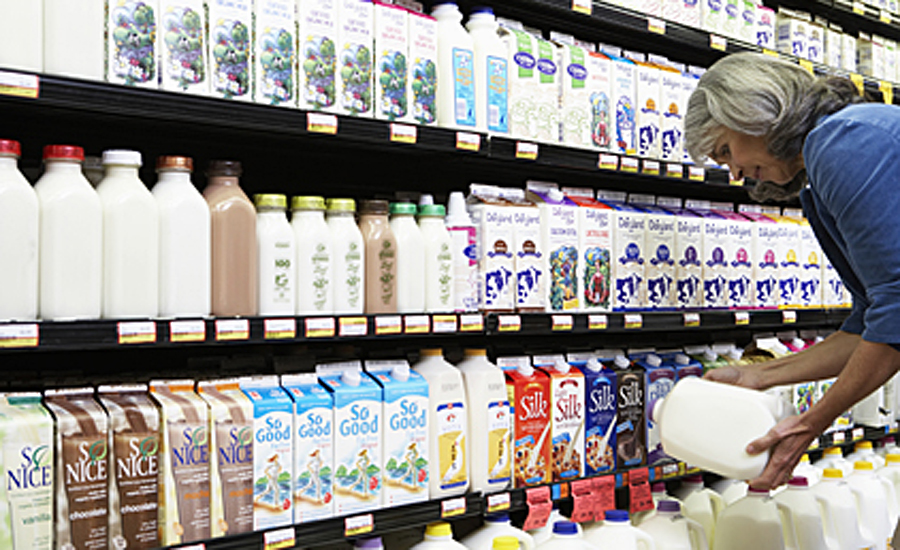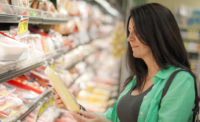Phononic, Durham, N.C., announced the findings of its latest study exploring the food retail landscape.
Phononic surveyed more than 200 executives across the United States that work in the grocery and food retail space, including traditional grocers, convenience stores and big box retailers that sell groceries. The study reveals insights into changing shopping habits, increasing competition, the implementation of technology and predictions on how these factors will shape food retail over the next five years.
In comparing retail executives’ viewpoints with those of consumers, interesting trends emerge. For instance, seven in 10 food retail executives say if grocery stores don’t enter the modern age, more people will look for other ways to get their food. This sentiment aligns with consumer views, as a majority of shoppers (56%) agreed with this statement.
“Food retail has become one of the most competitive markets, attracting numerous disruptors. However, margins on staple items are already razor thin. Rather than cutting prices, grocers need to deploy new tactics that focus on leveraging technology to improve convenience and increase basket sizes,” says Tony Atti, founder and CEO and founder. “Our solid-state refrigerators and freezers allow food retailers increased flexibility of where cold or frozen items are placed, for example, at the checkout counter or the front of the store. This enables the experiences that modern shoppers seek, such as micro-visits and increased convenience, ultimately improving customer loyalty and driving sales.”
Responses demonstrated how food retail executives are embracing technology to serve the needs of today’s consumers amidst increasing competition.
Industry disruptors
- When asked to identify the biggest grocery disruptors, over half of food retail executives (54%) pointed to Amazon, two in five (41%) identified Walmart and one-quarter (25%) said online food delivery services, while smaller numbers believe it’s Kroger (10%) and Target (8%).
- A common offering among these top disruptors is home delivery. While two-thirds of Americans (66%) have yet to try a food or meal delivery service, one-third have.
- Despite increasing delivery and e-commerce options, overall four in five Americans (82%) say they like shopping in the typical grocery store.
In-store technology
- Three in five food retail executives (60%) say their organization does invest enough in in-store technology, and seven in 10 (70%) say, when it comes to implementing new technologies to improve customer experiences, their organization is proactive.
- However, despite a view of proactiveness, almost half of food retail executives (49%) say grocery stores haven’t yet figured out how to use technology like other retailers have. Half of consumers (50%) agreed with this statement.
Optimizing store layouts
- 87% of executives say it has worked a great deal to create an optimized store layout; over seven in 10 (72%) believe the grocery store layout is changing to accommodate micro-visits.
- At the checkout counter, over half of food retail executives say offering more prepared grab-and-go meals would perform best.
- These executive views align with consumers wanting a faster and more convenient shopping experience. And, 92% of consumers said it’s important that the layout of the store makes it easy to find things.
Grocery shopping in 2023
- Looking ahead five years, almost nine in 10 food retail executives (85%) say it is likely more physical stores will be offering ways to auto-replenish basics; four in five (81%) say it is likely that there will be pop-up supermarkets in urban and rural areas to make it easier to shop; almost two-thirds say it is likely that supermarkets will become more of a community social gathering place with bars and restaurants (65%) and that the majority of supermarkets will be checkout free (64%).
- In addition, over half of executives (53%) say that over the next five years, it’s likely that refrigerated and frozen goods will be distributed throughout stores, rather than just at the back of the store; this is significant, as three-quarters of food retail executives (74%) believe sales of frozen foods will continue to rise in popularity.






